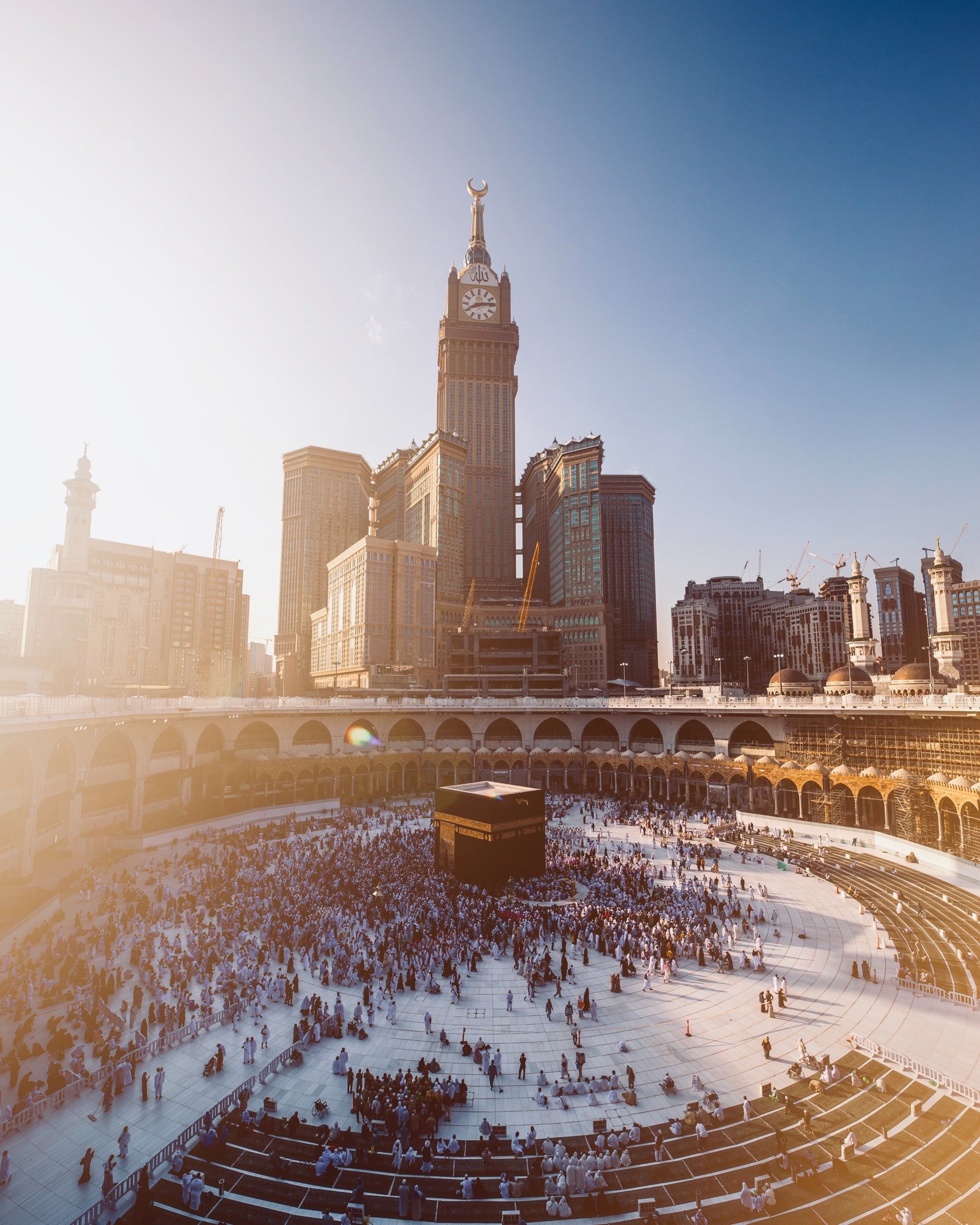
Saudi Arabia:
A History of Back-and-Forth
For the Spring 2022 semester, I finally took Professor Nanes’s generalized Politics of the Middle East class. We studied Tunisia, Egypt, Iraq, Lebanon, Iran, and Saudi Arabia. Classified as a Writing Intensive class, I dealt with a lot of research and writing. At the beginning of the semester, each student picked a country from the list above to do a deep dive on. From the title of this post, you already know that I chose Saudi Arabia. I wasn’t very interested in Tunisia, and I had done a small paper on Egypt’s foreign relations with the U.S. the previous semester. Iraq and Lebanon just seemed too messy, and I already knew a lot about Iran. Therefore, I settled on Saudi Arabia, because I didn’t know a lot about it and was fascinated with what I could find out. I’m really glad I picked Saudi Arabia, because at the end of the semester, due to unforeseen circumstances, we had to cut down on the time spent on that country. (So by the time the final exam rolled around, I had a pretty good knowledge of the country.)
I really liked that my professor sectioned off the research paper throughout the semester. We had to submit a topic paper, where we listed ideas for our research paper, an annotated bibliography to help us think about our sources, a short historical background, a rough draft of our paper, and then our final draft of our paper. While unfortunately I am the type to procrastinate, having deadlines throughout the semester made it easier to deal with the paper overall. However, while we had these different stages, I still struggled with the topic of my paper until the last four weeks it was due.
While working on the historical background, it struck me that the different kings of Saudi Arabia had different policies and visions. Some kings wanted a more modernized kingdom, while others wanted a more Isalmic regime. So my paper ended up tracing this thin line that these authoritarian leaders walked when it came to ruling the kingdom—with an even closer look at Saudi Arabia’s current de facto leader, Muhammad bin Salam (MbS). It’s more of a history paper than a political science one, but I enjoyed researching and writing it.
What struck me the most while I was researching was that Saudi Arabia was not as Islamicized as it is now. In the 1950s, 1960s, and 1970s, Saudi women had a lot more freedoms than they do now. Society was more relaxed, and religion wasn’t imposed so rigidly. Overall, my research highlighted the fact that you cannot generalize a Middle Eastern country, even when it comes to its own history, as there can be so many ups and downs.
To read my historical background on Saudi Arabia, click here to download “The Kingdom of Saudi Arabia: A Historical Background.”
To read my full research paper on how Saudi Arabia balances between modernizing and Islamicizing, click here to download “A History of Saudi Arabia Walking the Thin Line between Modernizing and Islamicizing.”
